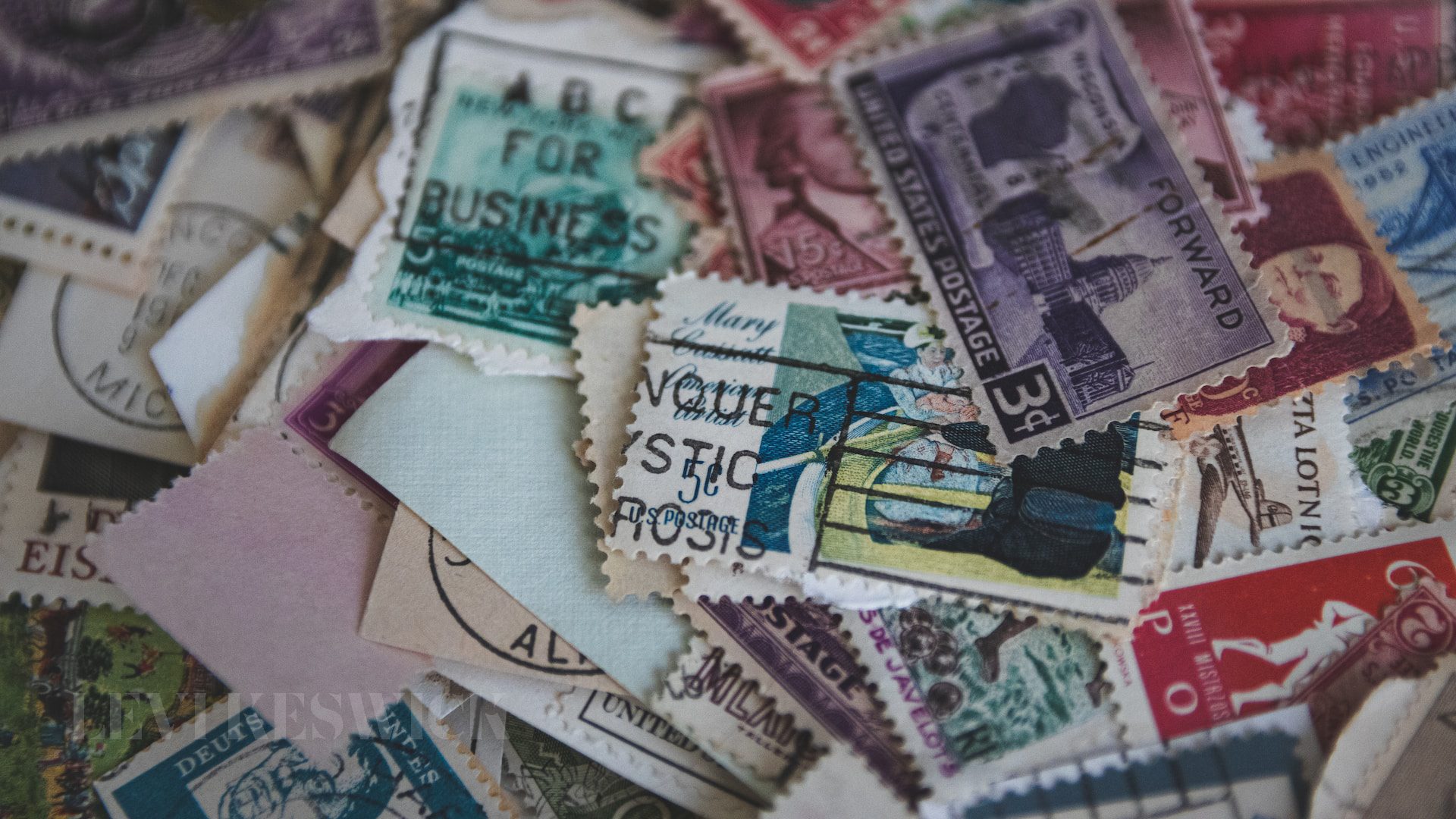Key takeaways:
- Stamps are not just postal utilities but miniature art forms capturing significant historical milestones.
- Canadian stamps have a reputation for being some of the most valuable in the world, with rich historical significance.
- The Queen Victoria – 12 pence 1851 stamp is the most expensive Canadian stamp ever sold.
- Rarity, historical significance, and condition are factors that drive the value of a stamp.
- Collecting stamps, also known as philately, can be a rewarding hobby and investment.
An Ode to Philately: The Fascination with Valuable Canadian Stamps
Philately, the study of stamps, is more than just a hobby. It is an exploration of history, geography, and culture, all encapsulated within tiny adhesive rectangles. Among the many countries that have contributed to this fascinating world, Canada holds a special place. The rich historical background and unique cultural milestones of the country have been elegantly portrayed through its postal stamps, creating a multitude of valuable Canadian stamps.
The Monarch’s Imprint: The Queen Victoria Stamps
Queen Victoria’s reign marked significant developments in Canada’s history, and these have been beautifully encapsulated in the nation’s stamps. The Queen Victoria – 12 pence 1851 stamp is one of the most cherished. Initially, the high price of these stamps led to limited sales, with only 1,450 of the 51,000 printed being sold. The unsold copies were subsequently destroyed, rendering the remaining ones extremely rare. This rarity was reflected when a mint one was auctioned off for $224,250 in 2013.
Another valuable stamp featuring Queen Victoria is the 2-cent stamp from 1868. Notably, only three copies of this stamp are known to exist, adding significantly to its value. One of these stamps, with intact perforation, was sold for $215,000 in 2014.
An Aerial Odyssey: The London to London Flight Stamp
The London to London Flight – 25 cents 1927 stamp represents an intriguing episode in aviation history. Only 100 of these stamps were printed, and most were lost when the plane transporting them crashed into the Atlantic Ocean. Of the 13 remaining singles, one was sold for $125,000 in the early 2000s.
Symbolic Wildlife: The Beaver Stamp
Canada’s first-ever stamp, the Beaver – 3 pence 1851, symbolizes the spirit of community building that resonates with Canadians. This symbolism, coupled with its historical significance, makes it highly sought after by collectors. One of these stamps, in mint condition, was sold for $120,000 in 2014.
Historical Figures and Events: Stamps Commemorating Canadian History
Stamps featuring historical figures and events are other fascinating facets of the world of valuable Canadian stamps. The Prince Albert – 6 pence 1851 stamp, for instance, commemorates the prince’s significant role in Canada’s history. In 2014, a mint one of these stamps fetched $42,500 at an auction.
Similarly, the Dornier DO-X Flight – 1 dollar 1932 stamp, known for its inverted surcharge error, was produced to commemorate mail transport aboard the Dornier DO-X flying boat from Germany to Canada. This stamp, despite its printing error, is highly valued for its historical significance, with one mint stamp sold for $30,000 in 2014.
The Art of Stamp Collecting: An Investment in History
Beyond the joy of collecting, stamps can also be a form of investment. As these valuable Canadian stamps have shown, their prices can reach astronomical figures due to their rarity and historical significance. So, the next time you come across an old stamp collection, remember that you might be holding a miniature fortune.
In conclusion, the world of philately is not just about tiny pieces of adhesive paper. It’s about preserving and appreciating the historical, cultural, and artistic heritage embodied in each stamp. The valuable Canadian stamps mentioned above are testament to this fascinating world and an affirmation of the enduring value of stamp collecting.







